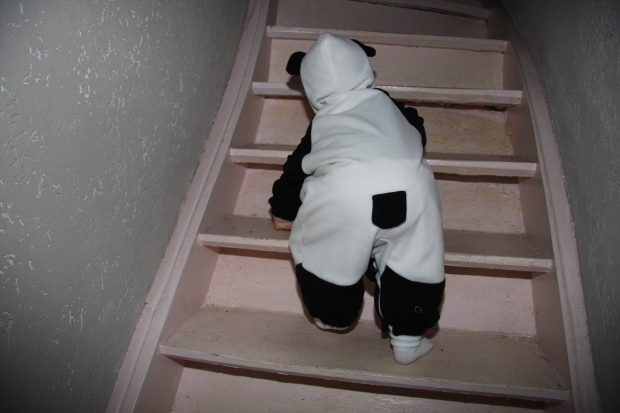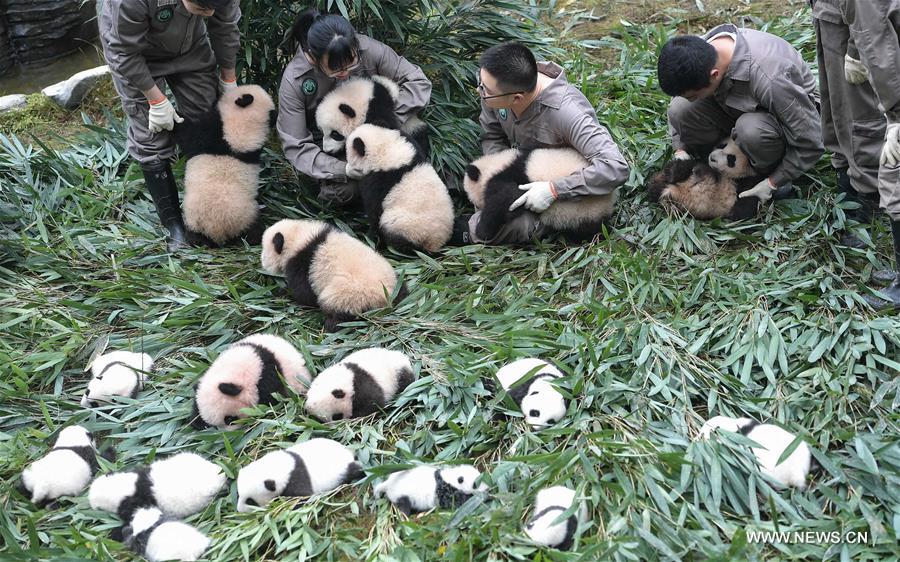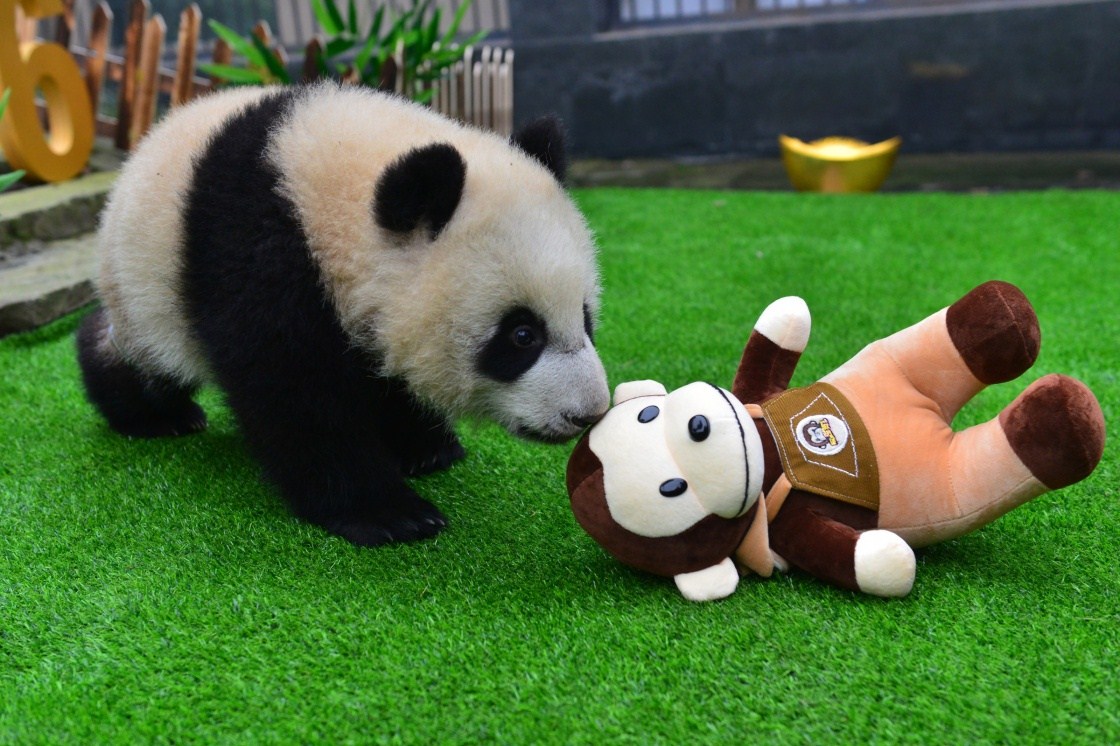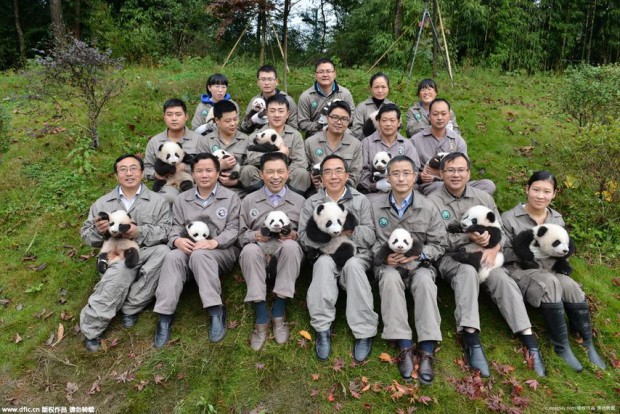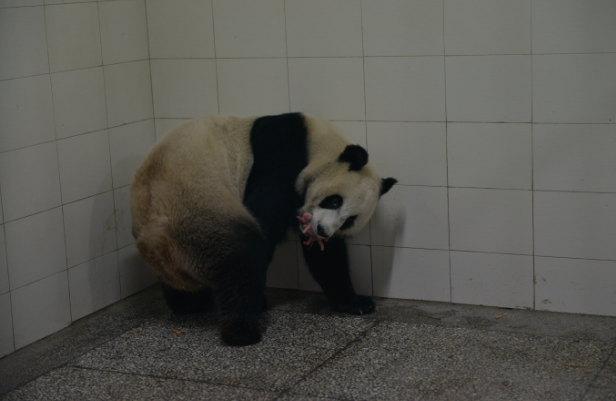Cross Marriage of Wolong Giant Pandas Promotes Gene Exchange
CCRCGP published this interesting article about gene exchange between the different panda centres.
With the approaching of spring, Wolong’s giant pandas are rutting one after another. This year, the CCRCGP launches a new round of giant panda breeding plan to make them mate reasonably. Now, giant panda breeding is not a problem. But how to breed a better in-captive population and make the population have a long-term development is the focus in the giant panda conservation industry. To guarantee the development of the in-captive population, the State Forestation Administration encourages all giant panda breeding institutes to enhance scientific technique cooperation and gene exchange to ensure genetic diversity.
The CCRCGP is committing itself to giant panda scientific research and conservation work. Through 30 years’ efforts, it gains remarkable achievement and has 167 captive giant pandas, which is the biggest and most energetic in-captive population in the world and achieves the self-maintenance and development of artificial population basically. To avoid inbreeding and improve genetic diversity, the CCRCGP cooperates with Beijing Zoo, Chongqing Zoo, Chengdu Research Base of Giant Panda Breeding and other associate organizations to carry out cross marriage according to the State’s deploy.
In August 2004, the CCRCGP did blood exchange work with Beijing Zoo. In January 2006, the 13-years-old female giant panda “Ji Ni” of Beijing Zoo came to Wolong to select her husband. The CCRCGP used its first class breeding technique to mate for “Ji Ni”. After 324 days, “Ji Ni” gave birth to its first cub miraculously and became the world’s first panda with the oldest primiparity age and the longest pregnancy. In 2010, with the help of the CCRCGP’s excellent seed and advanced technique, it delivered another cub.
Giant panda “Ling Ling” is from Chongqing Zoo. Under the CCRCGP’s cultivation, it becomes an excellent male breeding panda. In 2006, giant panda “Ya Ya” of Chongqing Zoo rutted. The zoo arranged many male pandas to pair with her. But she disliked. At last, “Ling Ling” had to go back to the zoo. As soon as it got back to the zoo, it gained favor from “Ya Ya”. And they finished natural mating successfully. Three months later, “Ya Ya” gave birth to a pair of twins. The CCRCGP used its advanced facilities and experienced nursery team and help the zoo foster one of the twins. From then on, “Ling Ling” goes back to its home every year. In 2011, “Ya Ya” became pregnant again and gave birth to a pair of twins. In the Chengdu Research Base of Giant Panda Breeding, the male giant panda “Lin Lin” who has lived there for 6 years and gone back to the CCRCGP recently has succeeded in breeding cubs of many litterings with female pandas of the base. Now, the gene exchange baton has been passed to “Fu Fu” who lives in Fuzhou Research Base. Getting the task, “Fu Fu” went back to Sichuan from Fuzhou as soon as possible. After a brief rest, it will carry on its family line with the female pandas of the Chengdu Research Base.
At present, the CCRCGP has established wide scientific research cooperation relationship with many domestic giant panda breeding units and become an important platform of giant panda research cooperation in the world. With the arrival of the new round giant panda rutting season, the CCRCGP will continue to enhance exchange and cooperation with giant panda conservation institutes at home abroad to promote the development of the industry.
Source: CCRCGP





